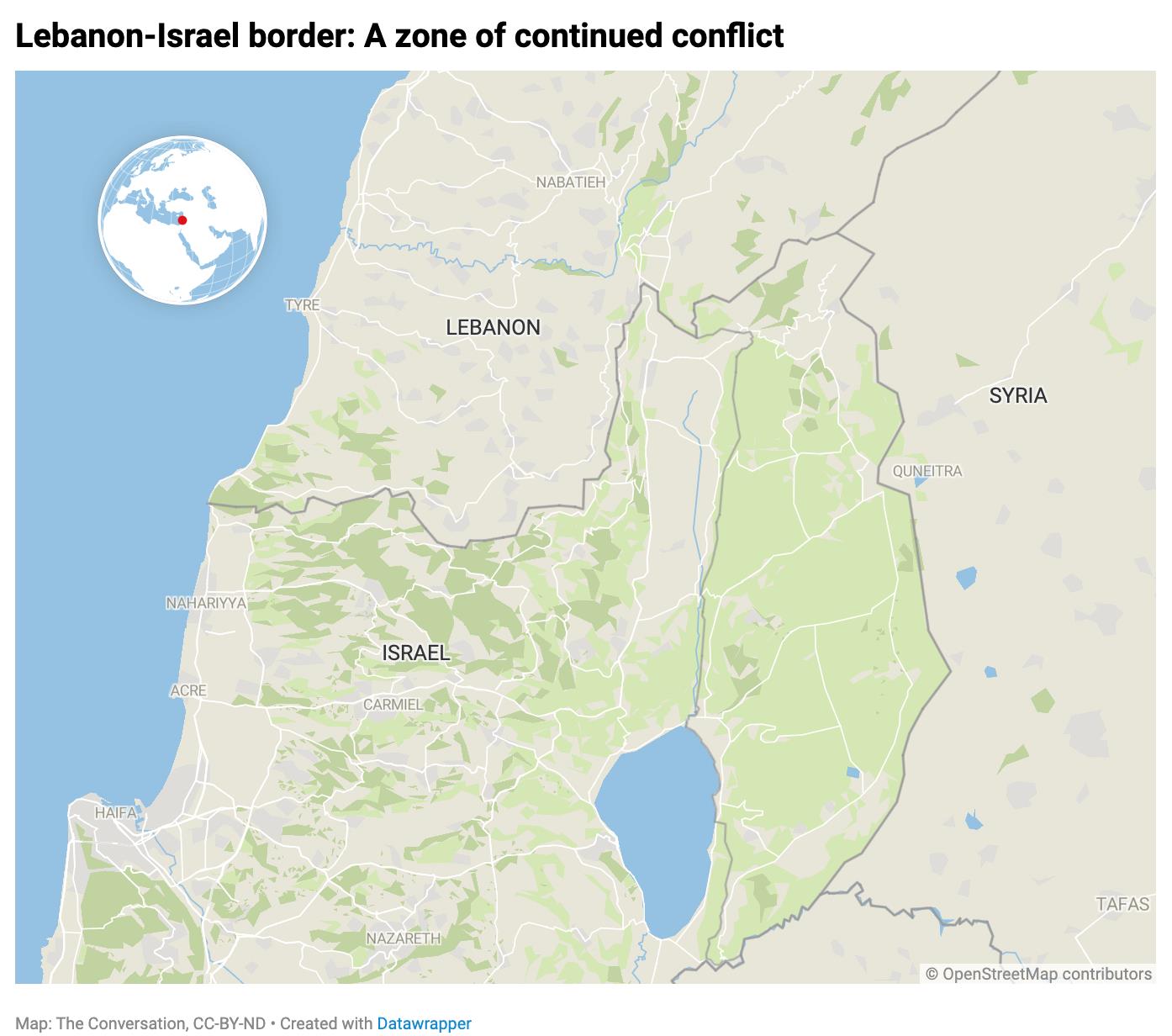(MENAFN- Asia Times)
Lebanese families have been fleeing the country's south in the thousands amid escalating tensions and an Israeli bombardment that has so far killed hundreds .
Their fear, echoed by many onlookers , is that Israel will accompany the airstrikes with something that has the potential to have far worse consequences: a ground invasion of south Lebanon.
The rationale behind such a move, from the Israeli government's perspective, is that a ground offensive may be its best chance to push Hezbollah fighters beyond the Litani River in the middle of the country.
This would achieve an Israeli war goal of securing its northern borders and allowing an estimated 60,000 residents who have been forced to flee northern Israel to go back to their homes.

Irrespective of motive, a ground invasion and potential occupation is more than wild speculation. Israel has placed thousands of soldiers on standby close to the Lebanon border for such an eventuality. Nor is such a move without precedent.
As a scholar of Lebanese history , I know Israel and Lebanon have been here before. In 1982, Israel invaded Lebanon in the middle of the latter's civil war, imposing a siege on the capital Beirut. The results were catastrophic for the whole region .
Not only did the ground invasion result in the death of thousands of civilians, the occupation of Lebanon plunged an already fragile nation into lasting political and economic chaos and led to the birth of Hezbollah , the very group that threatens northern Israel today.
Refuge and armed resistance
The Israeli invasion of Lebanon in June 1982 had its roots in the Palestinian–Israeli conflict , much as the fighting between Hezbollah and Israel does today.
The creation of the state of Israel in 1948 was accompanied by the Nakba , or“catastrophe,” for the Palestinians. In the violent birth pangs of a Jewish state on land inhabited by, among others, Arab populations with deep ancestral ties to villages, more than 750,000 Palestinians were expelled or fled.
Many refugees entered Lebanon, where in 1964 the Palestine Liberation Organization was born. By the mid-1970s, the armed resistance group had recruited and trained over 20,000 fighters who actively participated in launching attacks on Israel from Lebanese soil.
By 1982, Lebanon was already seven years into its civil war , with violence flaring between Lebanese Christians and Lebanese and Palestinian Muslims. On June 6, 1982, Israeli Defense Minister Ariel Sharon, a future leader of the country, launched Operation Peace for Galilee and invaded Lebanon with the purpose of eliminating the PLO.
MENAFN25092024000159011032ID1108712215
Legal Disclaimer:
MENAFN provides the information “as is” without warranty of any kind. We do not accept any responsibility or liability for the accuracy, content, images, videos, licenses, completeness, legality, or reliability of the information contained in this article. If you have any complaints or copyright issues related to this article, kindly contact the provider above.